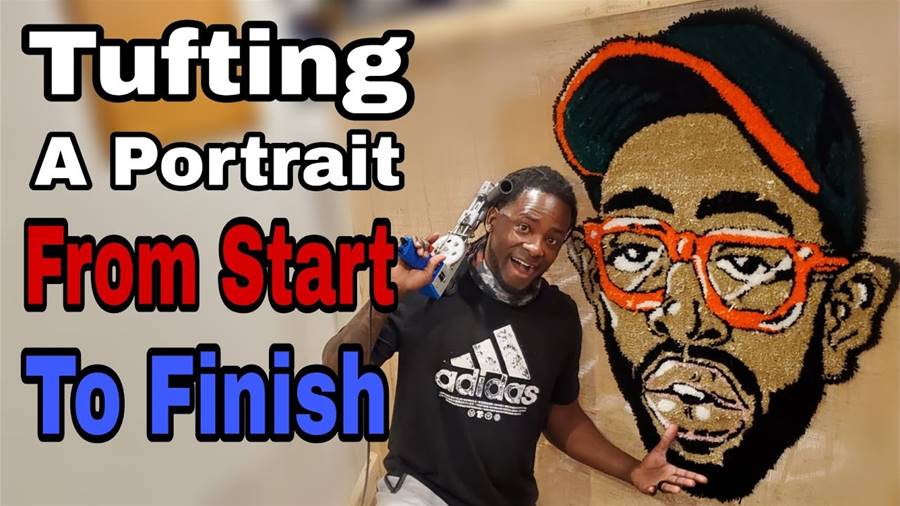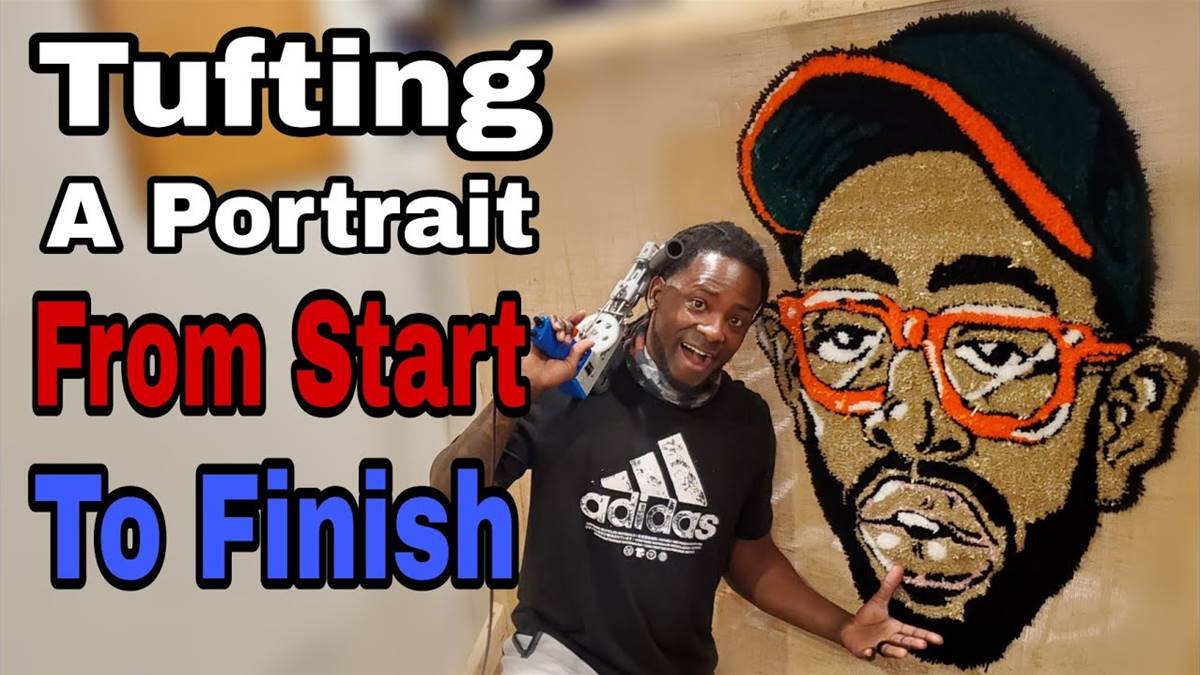

Tufting a portrait is a fascinating and artistic technique that can add texture, depth, and interest to any artwork. It involves adding small tufts of material onto a canvas or fabric surface, creating a three-dimensional effect. If you're interested in learning how to tuft a portrait from start to finish, here's a step-by-step guide. Firstly, gather your materials. You'll need a canvas or fabric surface of your choice, a tufting gun, yarn or wool, scissors, an embroidery needle, and a solid base to support your artwork. Next, prepare your canvas or fabric. Make sure it's stretched securely over a solid frame or base to prevent any wrinkles or sagging.
If using fabric, ensure it's smoothly ironed before starting. Now it's time to sketch your portrait. Use a pencil to lightly draw the outline of your subject on the canvas or fabric. Do this with a light hand as the tufts will cover most of the sketch. Once your sketch is complete, it's time to start tufting. Load the tufting gun with your chosen yarn or wool. Gently press the needle into the canvas or fabric at the desired location for your first tuft. Pull the trigger of the tufting gun to release the yarn, and then release the trigger to cut the yarn. Repeat this process to create as many tufts as needed to cover the desired areas of your portrait.
Remember to vary the direction, length, and thickness of the tufts to create depth and texture. As you progress, take breaks to step back and assess the overall appearance of your tufted portrait. Make any necessary adjustments to ensure your artwork looks visually appealing and balanced. Once you're satisfied with the tufting, it's time to add some finishing touches. Trim any excess yarn or wool using scissors to create a neat and polished look. Also, consider adding additional details, such as embroidery or beads, to enhance certain areas of your portrait. Finally, clean up any loose threads or tufting gun debris from your artwork.
Take care to remove any stray tufts or excess materials that may have accumulated during the tufting process. Voila! Your tufted portrait is complete. Step back and admire your unique and textured artwork. Remember to sign your name and date the artwork to showcase your creativity and craftsmanship. In conclusion, tufting a portrait from start to finish is an exciting and rewarding process that requires patience, precision, and artistic vision. With the right materials and techniques, you can create a stunning and visually appealing tufted masterpiece that will impress and inspire others.

